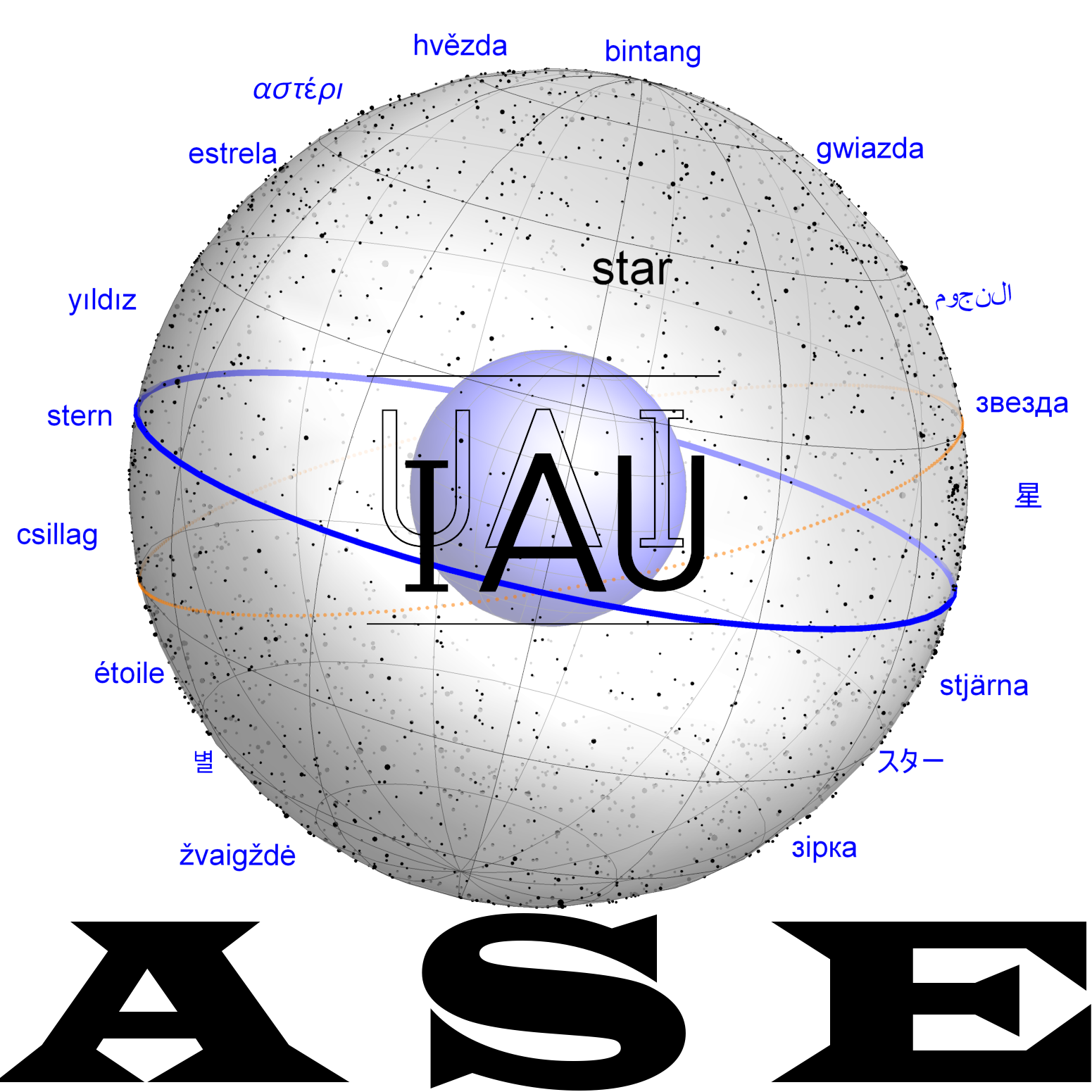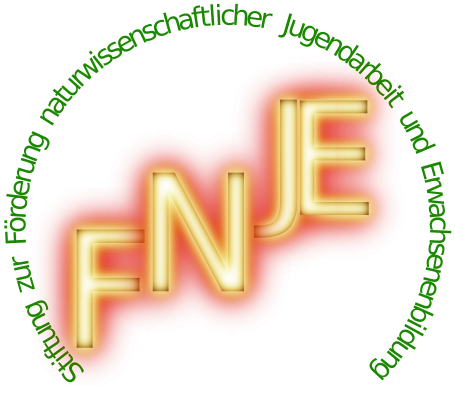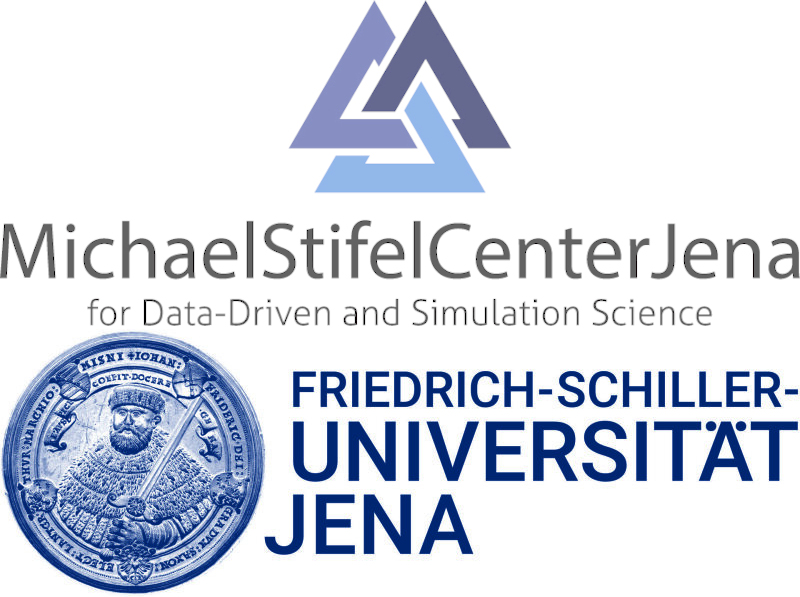Kayyamānu(m)
From All Skies Encyclopaedia
Kayyamānu(m)
mulKayyamānu(m) is an ancient Mesopotamian planet name.
Images of Saturn
Dictionary
Kurtik with Hilder, Hoffmann, Horowitz, Kim
= "Unchanging, Constant"; not a frequently used Akkadian parallel to mulUDU.IDIM.SAG.UŠ, mulSAG.UŠ, GENNA = Saturn [G. 333; AHw, 420; CAD K, 36-38]. For examples of syllabic writings, see (Kurtik g10) GENNA. See also the description of the ritual of the Laying on of Hands (ŠU.IL2.LA2.KAM): ... [ša IGI mulṢal]-bat-a-nu / [xxxx] x ka-a-a-a-ma-nu "[which before M]ars (and) [...] Saturn (is performed)" (?) [LABS, 206 r. 5′-6′], and also: TA ŠA3 mulŠU.PA-ma ka-a-a-ma-ni IGI "from the region of Šupa Saturn appears(?)", see (Kurtik sh17) ŠU.PA, IV 8.
Historical Dictionaries
| Kurtik (2022, K08) | Gössmann (1950) |
|---|---|
| = «Неизменный, Постоянный»; не часто используемая аккадская параллель к mulUDU.IDIM.SAG.UŠ, mulSAG.UŠ, GENNA = Сатурн [G. 333; AHw, 420; CAD K, 36–38]. Примеры силлабической записи см. g10GENNA. См. также описание ритуала «Воздевания рук» (ŠU.IL2.LA2.KAM): … [ša IGI mulṢal]-bat-a-nu / [xxxx] x ka-a-a-ma-nu «[который перед М]арсом (и) […] Сатурном (совершается)» (?) [LABS, 206 r. 5′–6′], а также: TA ŠA3 mulŠU.PA-ma ka-a-a-ma-ni IGI «из области Шупы Сатурн появляется(?)», см. sh17ŠU.PA, IV 8. | Example |






